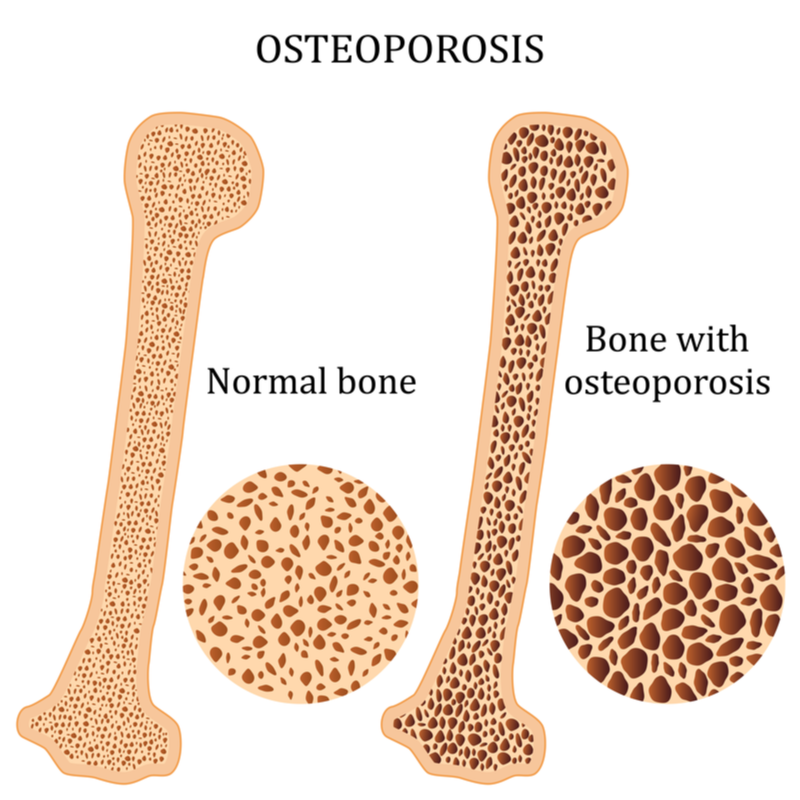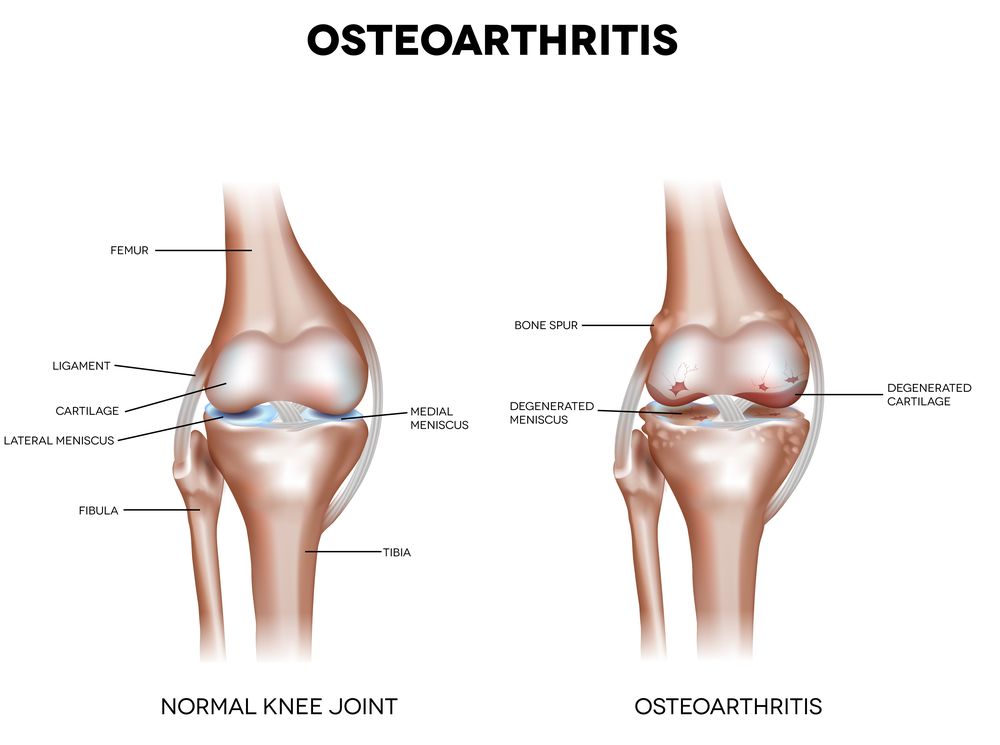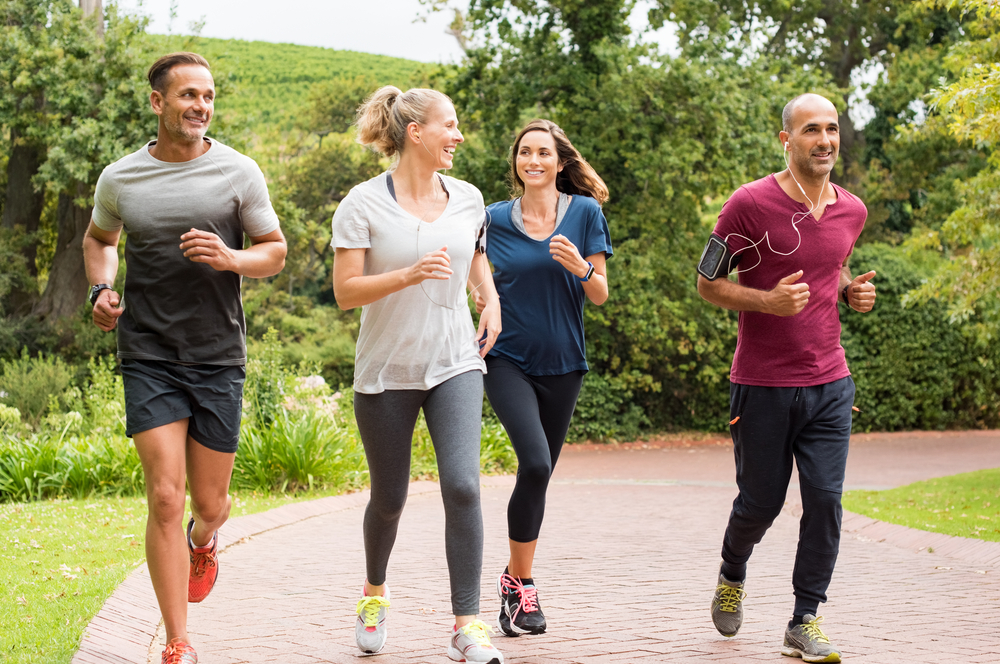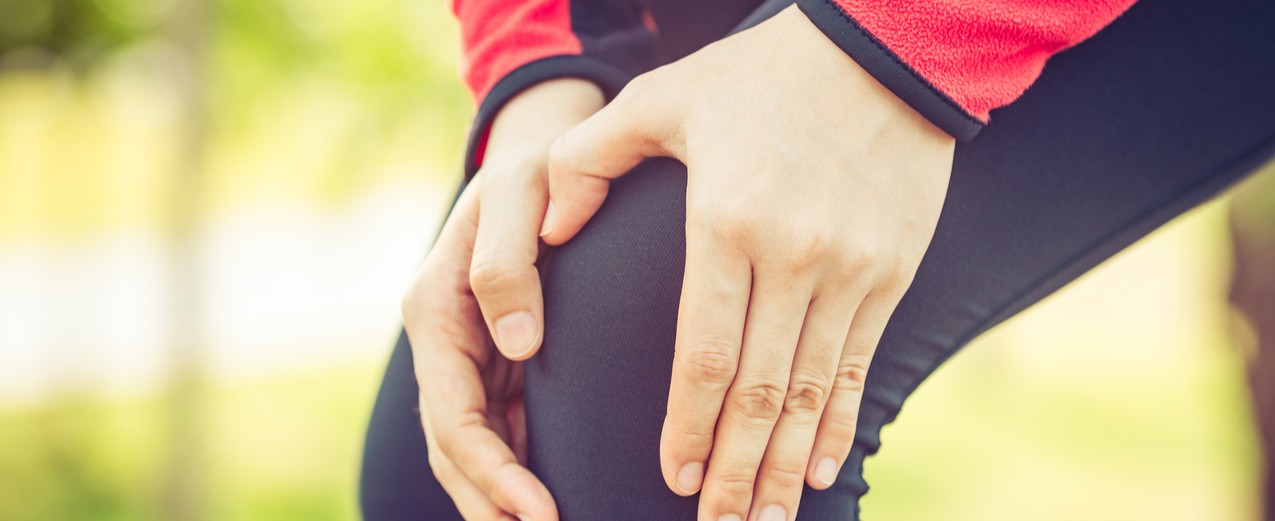The bones in our body consist of living tissues that continuously develop and strengthen from the moment of birth right up to adulthood. In fact, our bones are most dense in our 20’s - ideally called peak bone mass. As we age, some of our bone cells tend to dissolve bone matrix (also known as resorption), while new bone cells deposit osteoid (formation).
And when a person suffers from osteoporosis, bone loss outpaces new bone growth, resulting in bones that are porous, brittle and prone to fractures. For runners, it begs the question - is joint pain experienced after running a sign of osteoporosis? Read on to find out.
1. Osteoporosis vs Osteoarthritis
Post-run joint pain is not a sign of osteoporosis, period. This is because osteoporosis is a bone disease that affects the health of your bones and can lead to fractures. Osteoporosis causes no pain or symptoms, which is why it is also known as the “silent thief”. In stark contrast, osteoarthritis, which is also the most common form of arthritis, is a degenerative disease that affects the joints directly by thinning or destroying the smooth cartilage that covers bone ends or changes the bone which underlies the joint cartilage.

Osteoarthritis affects each joint individually, and can cause pain through joint overuse, prolonged immobility and painful bone growth in joints, thus making it more likely to cause joint pain after running as compared to osteoporosis. Other risk factors that make an individual susceptible to osteoarthritis include genetics, lack of physical activity and being overweight.

2. Knee Injuries, The Bane of all Runners
To understand better the occurrence of running injuries that affects the joints, it is important to know that running is able to strengthen bones and muscles, as well as cartilages, which cushions joints. And strong muscles, in turn, are also able to support joints, thus preventing injury. However, injuries can occur, primarily to the knees, hip, ankles and feet as result of poor running form or muscle imbalances.
Patellofemoral pain, or more commonly known as “runner’s knee”, is a condition that causes discomfort behind the kneecap (also known as the patella) as a result of repetitive contact between the patella and the femur (which is the thigh bone). On the other hand, patellar tendinopathy causes an inflammation of the tendon which runs from the kneecap to the top of the tibia. This results in significant pain at the bottom of the patella, especially when running downhill. Another knee injury that can occur is a torn meniscus. This tear can occur as a result of thinning of the cartilages on the inside and outside of the knee (which act as bumpers between the femur and tibia), increasing your susceptibility to further deterioration as you age.
3. Recognising the Causes of Knee Injuries
One of the primary causes of knee injuries is flaws in your running form. These flaws include hip adduction and over-striding when running. Hip adduction occurs as a result of an individual’s abductor and external muscles being weak, causing excessive adduction and internal rotation when running. Over-striding, contrastingly, involves a runner’s feet making contact with the ground too far ahead of their centre of gravity, increasing shock and decreasing running performance.
Another cause of knee injuries is muscle imbalance. It is related to biomechanics, since muscle imbalance can cause poor biomechanics, and vice versa. Strong knees require two oppositional forces - strong quadriceps to straighten the knee and flex the foot forward, and strong hamstrings to bend the knee and pull the leg backward. If these two muscles do not work in tandem with each other, it is guaranteed to put your knees at risk of injury. Other reported causes of knee injuries are genetics and gender, although there has not been substantial evidence to back both as viable injury causes
4. Identifying Ways to Better Protect Your Joints
There are a number of ways in which an individual can prevent joint pain after running. The first would be to shorten running strides. Increasing stride rate (with shorter running strides) by a measly 5-10 percent can significantly reduce the load on your patellofemoral joints by almost 20 percent. Aim for 160-190 steps per minute, and avoid changing the way your foot hits the ground, as it can directly impact the load on your Achilles tendon. The second thing to do would be to evaluate your running form. A physiotherapist can identify if you suffer from hip adduction or overstriding, and provide you with the right instructions on how to correct your form. For example, a physiotherapist may recommend gait-retraining sessions in order to strengthen the muscles and joints in your lower body.

Additionally, switching up your running locations may be able to prevent joint pain after running. This is because each running location enables a runner to change the surface, route and tempo of each run, thus allowing for a change in how loads are placed on joints. Alternatively, some reported cases of joint pain were understood to be caused by excessive weight, which quite literally puts an increased load on our knees. Adopting a strict health and fitness regimen that focuses on a balanced diet for weight loss, as well as a workout routine that aims to burn calories even after you finish exercising will help you to shed extra weight.
Individuals with osteoporosis should focus on weight-bearing exercises, while individuals with arthritis should focus on keeping joints mobile through a customised approach to exercise and movement. Before doing so, it is best to seek consultation with a physiotherapist, who is best qualified to plan out a programme to manage specific conditions.
Osteoporosis should not ruin your pleasurable stay in Thailand. Luma Health, one of the healthcare specialists, can take care of it for you. Luma offers different plans that also cover osteoporosis. We offer health insurance plans that match your needs. Our partnership with reputable global insurers gives us the flexibility to offer a whole range of health solutions to our members including special privileges. If you suddenly suffer from osteoporosis while staying in the country, Luma works with medical emergency teams to support you.
Get a quote now! Complete the online form below. Our team will contact you within 24 hours.
.png)


